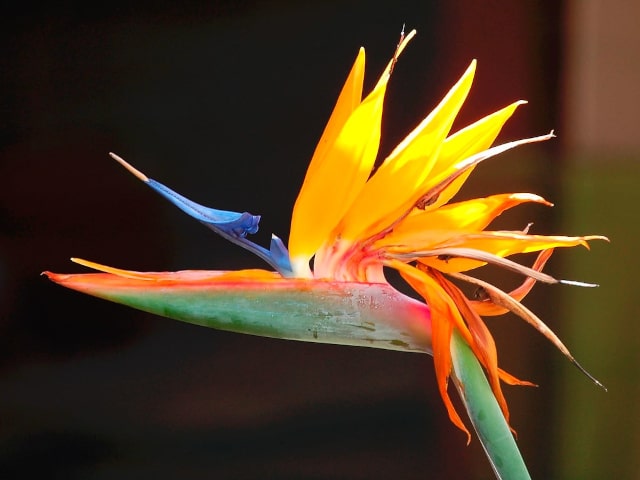
The Bird of Paradise (Strelitzia nicolai) is a gorgeous plant native to southern Africa. In the wild, it can reach the height of 20 feet. However, as a houseplant, it typically grows between 3 and 8 feet in height. However, it is still impressive, particularly given the plant's gorgeous foliage.
The leaves of this plant are eye-catching and characteristic. They resemble banana plant leaves, but there is a notable difference. While bananas have a spiral leaf pattern, Bird of Paradise plants have an alternate leaf pattern. These plants have leaves with splits, which allow the light to access even the lower parts of the plant.
There are a few key things to keep in mind about Bird of Paradise plants. The first is that it needs at least four hours of sunlight, so it should be kept in a southern, western or eastern part of the home - do not orient it near the northern side. They should be kept away from drafts and air vents. Keep in mind that Bird of Paradise plants can tolerate medium light conditions, but they cannot thrive under those. You need to give them adequate sunlight to make them thrive, so finding a place in your home with a bright light is a must for taking care of these gorgeous plants.
Here are key care requirements and how to provide them to your Bird of Paradise plant:
Watering
The first time you get your plant and place in the home, make sure to check your plant to see if it needs more water. See what the moisture level in the soil is: does it feel dry beneath the surface? If yes, you may water. If not, you should wait. Another thing you can do is to aerate the soil before you water your plant for the first time. Many times, soil is compacted for transport, so it is important to aerate it and let it breathe a little. It also allows moisture to be released.
In general, these plants prefer moist but not soggy soil. You should only allow it to get dry a bit between waterings. Never allow the soil to dry completely throughout the pot. On the other hand, you will want to avoid overwatering. It is best to allow the top 2 to 3 inches of the soil to become dry between you water it again. However, more than this is not recommended. Deeper than 2 or 3 inches, the soil should remain moist.
Keep in mind that these plants going through a resting period during the winter months. This is when they require less water. It means that you can cut back some watering between the October and February, as long as you don't keep your plant near a source of dry heat. In general, this "cutting back" on watering refers to the amount of water given and not on the frequency.
Light
Keep in mind that Bird of Paradise plant love and need light. The light you provide should be bright but indirect, although they also like some direct light. Extreme leaf splitting, leaf browning, drooping leaves or leaves that wont open can be a sign that the plant does not receive enough light. Lack of light can also result in your plant not being able to absorb water properly. It can make it suffer from overwatering.
Another thing to remember is that proper light conditions make these plants take a lot of water. If the plant doesn't get enough light, it will be more susceptible to overwatering, which is dangerous because it can cause root rot. This is why it's important to monitor your plant to notice signs of overwatering, such as droopy leaves, excessive splitting or browning leaf edges with a yellow line.
Fertilization
Bird of Paradise plants like to be fertilized from the spring until the fall. It is best to provide them with fertilizer once per month. The best fertilizer to use is an organic one. Always make sure to follow instructions carefully so you can dilute the fertilizer properly.
Repotting
It is important to repot your Bird of Paradise plant regularly. This is very 18 to 24 months. However, keep in mind that this plant likes to be slightly pot bound, so repotting every 28 months is the best way to go if your plant is healthy.
When repotting, make sure to choose a container that is about 2 to 4 inches larger in diameter. Do not go bigger than this: it could drown the plant's roots. However, if you wish to maintain the same size of the plant, feel free to repot it into the same container. Just make sure to give it new soil and to trim excessive foliage and roots.
The best time for repotting your Bird of Paradise plant is during the spring or summer. This is when the plant is at its strongest so it can take repotting without much problem.
Diseases and Problems
Splitting on the leaves is a common phenomenon on the Bird of Paradise plants, and completely normal. These splits are actually an evolutionary adaptation that allow the wind to get through the leaves. However, it is not uncommon for older leaves to develop more splits as they age. You can prune those old leaves so the new ones can emerge.
However, it you see that the plant is developing splits rapidly, make sure to move it away from drafts and air vents. Also, make sure that it gets enough light and water.
You may notice some color changes on the leaves, such as brown and yellow leaf margin or curling edges. This is generally a consequence of soil that is too wet. It is a common consequence of overwatering.
On the other hand, it is possible to also detect underwatering. It manifests itself as dry, crispy tips on or tips on the leaves. Another sign is leaf splitting or breaking with brittle edges. Brown and shrivelled basal leaves are also a good indicator. The good news is that underwatering is generally an easy problem to correct, so you should be able to nurse your plant back to health.
Additional Tips
Here are some additional tips on how to care for your Bird of Paradise plant:
- Make sure to keep your plant away from drafts.
- To keep the splits on the leaves to a minimum, you need to keep humidity high enough. A good way to add extra humidity is to use a humidifier, mister or a pebble tray.
- Keep in mind that Bird of Paradise will typically not bloom indoors. They only flower in the right light conditions in their natural habitat. However, this does not mean that the Bird of Paradise plants are not gorgeous with their leaves alone.
- You should rotate your plant periodically. This will ensure that there is an even growth on all sides of the plant.
- Dust the leaves often to help your plant photosynthesise efficiently and without a problem.
- Dusting the leaves is a good time to inspect your plant, particularly the undersides of the leaves. This is where pests are most likely to hide. If you do this regularly, you should be able to notice pests as soon as they appear.
- New leaves often develop, and they always start at the center of the plant and shoot in a tightly wound spear. The leaf slowly uncurls over the course of a few weeks, to reveal its shiny surface. Do not assist leaves to open as this can damage it.
- Keep in mind that each plant is a specific living being and that it may have specific needs. This is particularly important when it comes to the location and growing conditions - these can make a lot of difference. Always make sure to observe your plant's condition and its watering needs. This will ensure that your Bird of Paradise plant thrives.
Photo credit: glenn_e_wilson
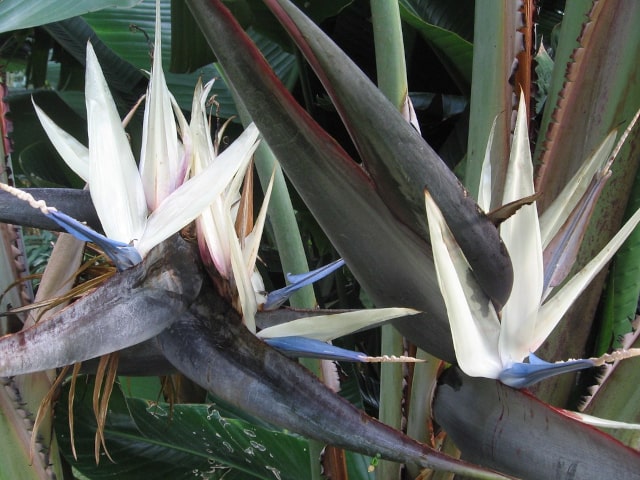
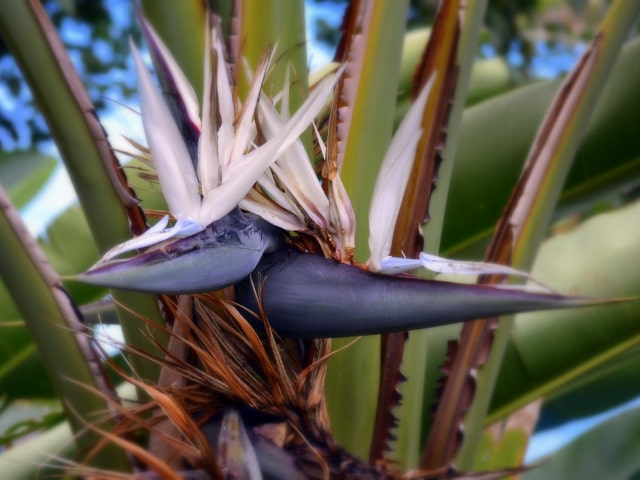
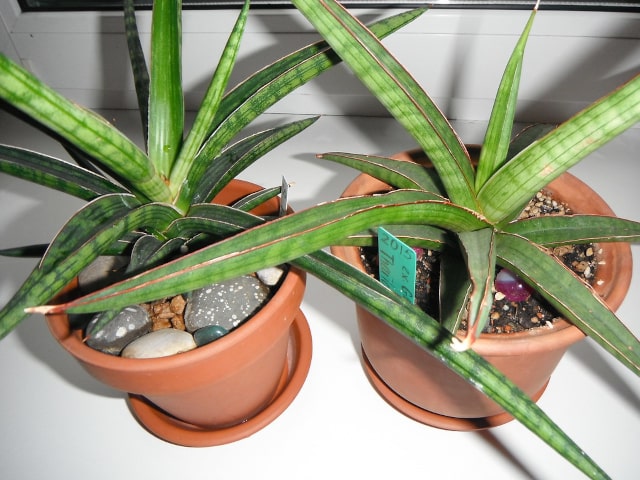
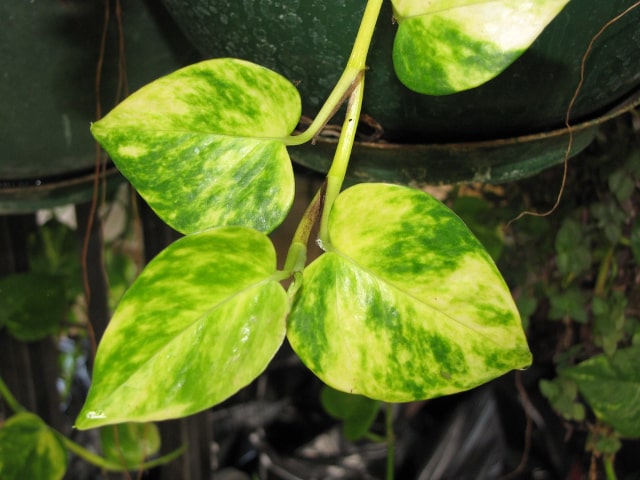
0 Comments